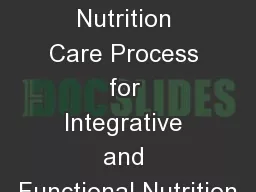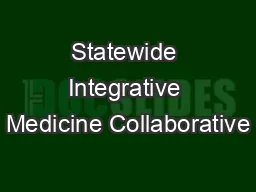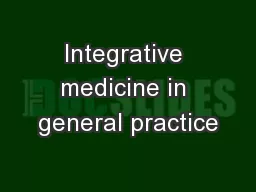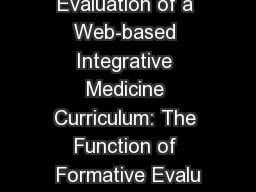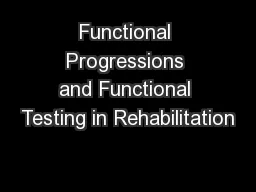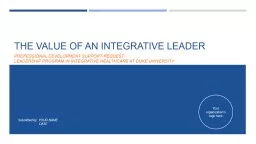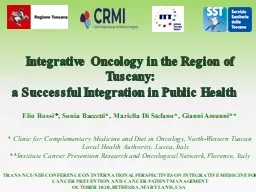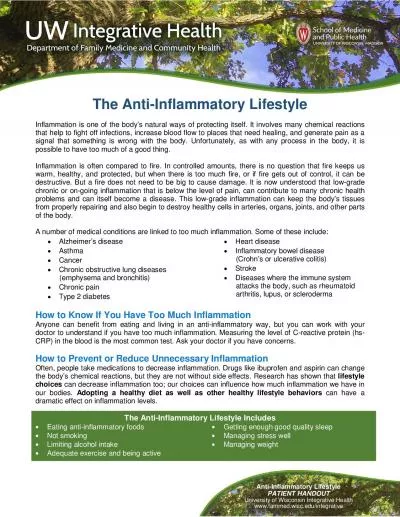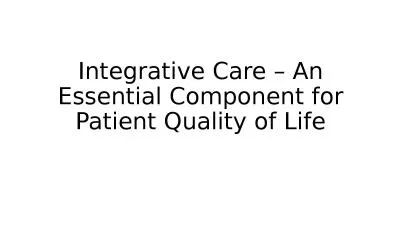PPT-Using the Nutrition Care Process for Integrative and Functional Nutrition
Author : calandra-battersby | Published Date : 2018-09-30
Kell y Morrow MS RDN Cynthia Bartok PhD RDN May 10 2018 2018 Morrow and Bartok Todays Presenters Cynthia Bartok MS RDN Associate Professor 2 Department of Nutrition
Presentation Embed Code
Download Presentation
Download Presentation The PPT/PDF document "Using the Nutrition Care Process for Int..." is the property of its rightful owner. Permission is granted to download and print the materials on this website for personal, non-commercial use only, and to display it on your personal computer provided you do not modify the materials and that you retain all copyright notices contained in the materials. By downloading content from our website, you accept the terms of this agreement.
Using the Nutrition Care Process for Integrative and Functional Nutrition: Transcript
Download Rules Of Document
"Using the Nutrition Care Process for Integrative and Functional Nutrition"The content belongs to its owner. You may download and print it for personal use, without modification, and keep all copyright notices. By downloading, you agree to these terms.
Related Documents

